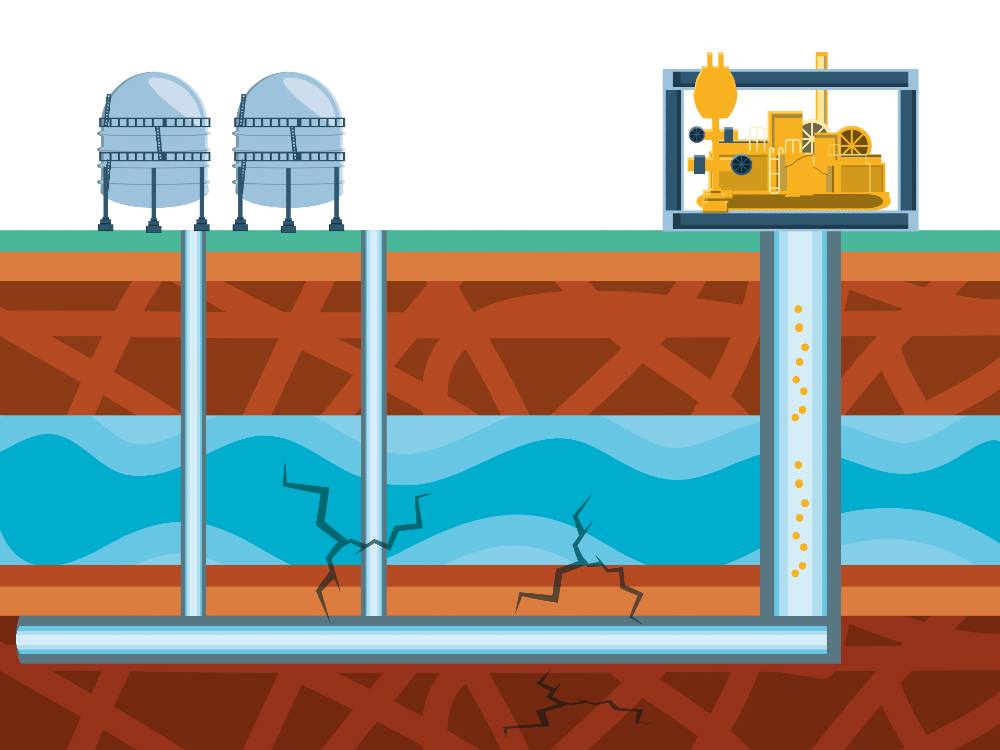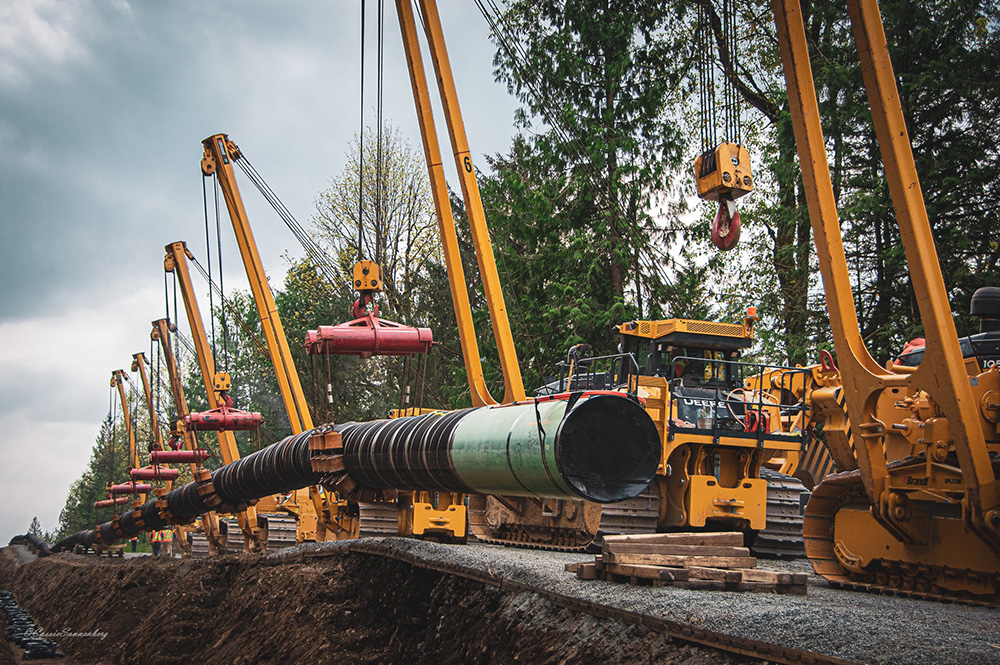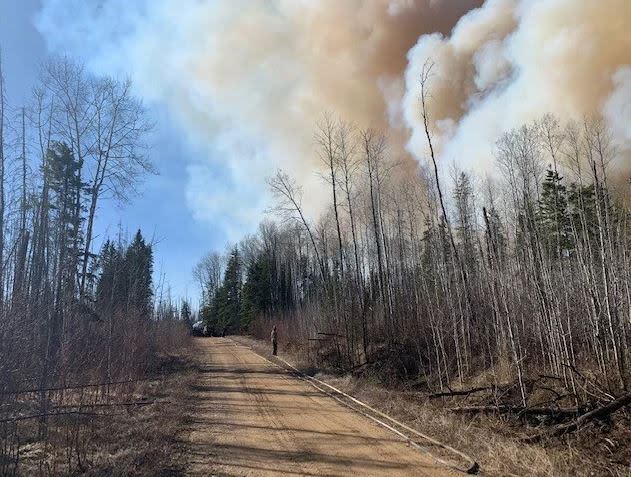Just two days before his deportation, a B.C. climate activist got a phone call saying he can stay for now after putting pressure on government officials. He was spokesperson for Extinction Rebellion and a co-founder of Save Old Growth. David Suzuki and many other prominent activists have spoken up for him. His student visa was revoked for "after he was arrested and charged with mischief for taking part in a number of climate change demonstrations that blocked traffic and frustrated drivers in Metro Vancouver." To deport this man would be a major crime after Canada has failed to deport Nazis, other war criminals and drug dealers.
Zain Haq (left) and Sophie Papp are seen in a handout image.
A young climate activist who helped organize a series of protests across B.C.'s Lower Mainland is facing deportation unless the government approves his permanent residency application over the next few weeks, according to his lawyer.
The Canada Border Services Agency has instructed 23-year-old Zain Haq to leave the country by April 22.
Vancouver-based immigration lawyer Randall Cohn, who is representing Haq, described the activist as a "remarkably conscientious" young man who cares passionately about helping society, and should be allowed to remain in the country.
"This is not somebody out trying to burn things down, this is a very serious and thoughtful young person who is trying to do something meaningful with his life to face the crisis of his generation," Cohn said.
Moving forward with a deportation would be "unnecessarily punitive," the lawyer added.
Haq grew up in Pakistan before coming to Canada on a student visa, which was revoked after he was arrested and charged with mischief for taking part in a number of climate change demonstrations that blocked traffic and frustrated drivers in Metro Vancouver.
The young man, who ultimately pleaded guilty to five counts of mischief and one count of breaching an undertaking, was involved with the groups Extinction Rebellion, Stop Fracking Around and Save Old Growth, the latter of which he co-founded.
Haq's wife, Canadian climate activist Sophie Papp, sponsored his permanent residency application last May, and an approval before April 22 would prevent the CBSA from deporting him, according to his lawyer.
Cohn told CTV News he believes the application would likely be approved if given time – but it will be cancelled if his client is deported before the process is completed.
"There's no justice in separating Zain from his Canadian spouse and forcing them to start that process over by applying from outside Canada if the very likely outcome of the application is that he'll be granted permanent residence," Cohn said.
"Canada has the opportunity to show, in good faith, that they are welcoming (of) young people who want to address the climate crisis, and bring them into the conversation rather than punishing them and excluding them."
A petition(opens in a new tab) calling on federal Immigration Minister Marc Miller to use his "discretion" to allow Haq to remain in the country had been signed 1,700 times as of Tuesday afternoon.
CTV News contacted Miller's office for a response to the petition and Haq's pending deportation, but was told the minister could not comment on specific cases due to privacy legislation.
During Haq's sentencing, the court heard that while he had previously "shown disdain for the rule of law" and "publicly encouraged others to break the law," the activist has since softened his approach to addressing the threat of climate change, partly due to the steep consequences he has faced, including the loss of his visa.
"He now recognizes that it is 'not wise to be engaged in civil disobedience,'" reads a pre-sentencing report excerpted in Judge Reginald Harris's decision.
Haq contacted CTV News to say he was misquoted by the court, and that while he has no more plans to personally engage in civil disobedience, he does not see it as “unwise.”
Harris sentenced Haq to seven days in jail and two months of house arrest last summer, noting in his decision that the activist had no prior criminal record, and that numerous people had submitted letters to the court speaking highly of the young man's character.
"A review of them satisfies me that Mr. Haq is an intelligent, motivated young person who is a staunch protector of the environment," Harris wrote. "The letters also satisfy me that Mr. Haq can, provided he does so through legitimate means, be a catalyst for positive change."
https://bc.ctvnews.ca/b-c-climate-activist-facing-deportation-next-month...




